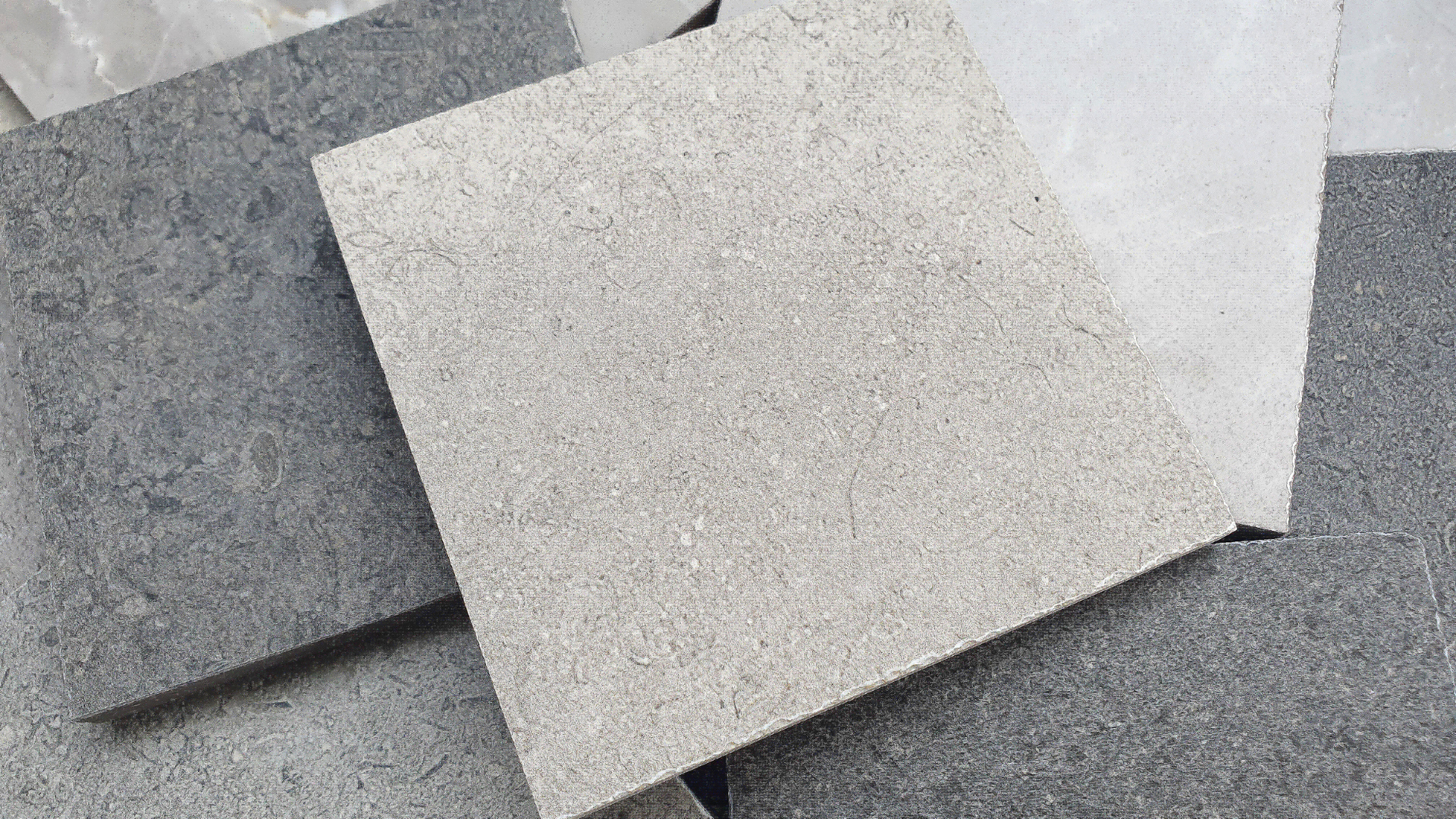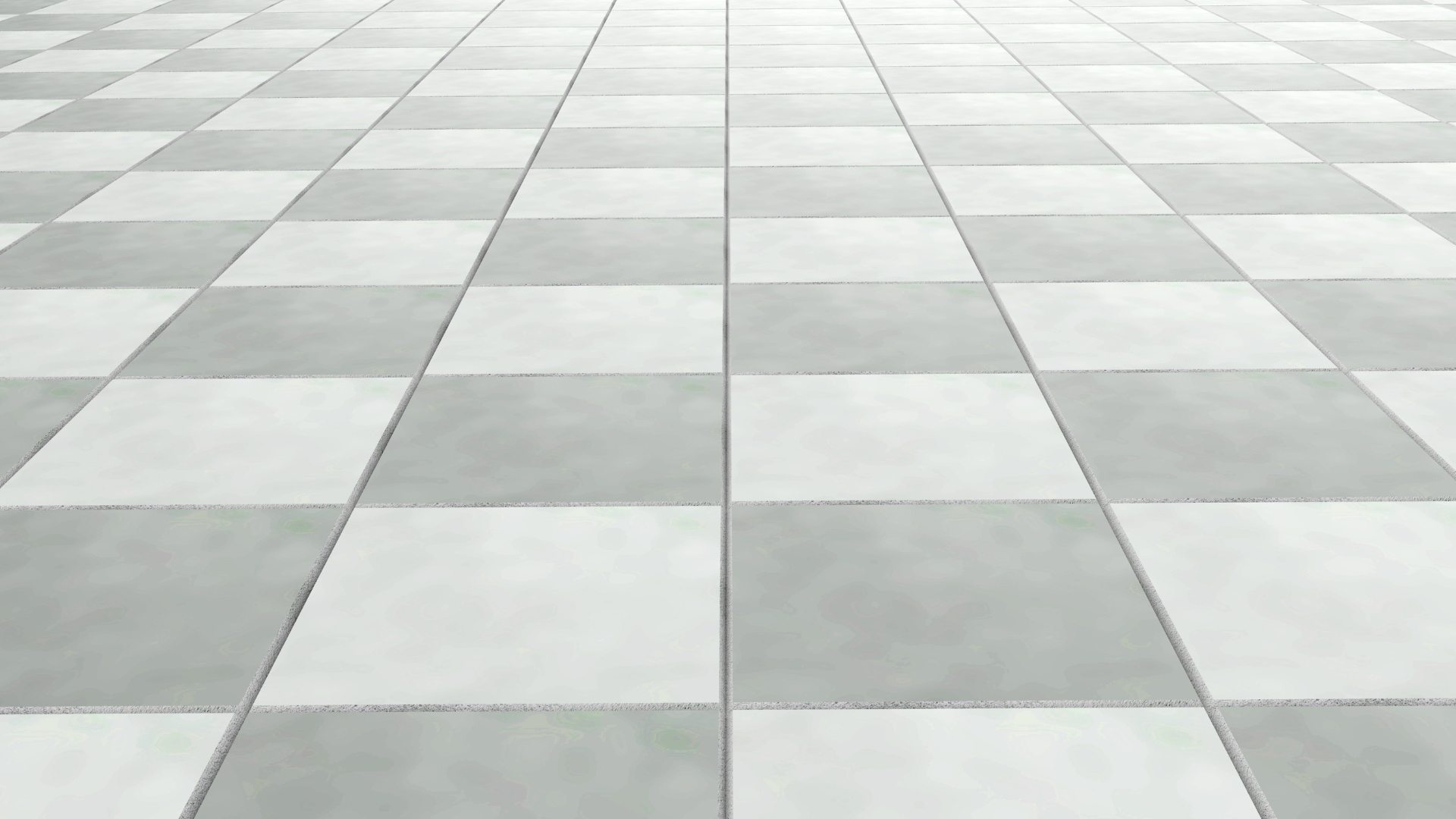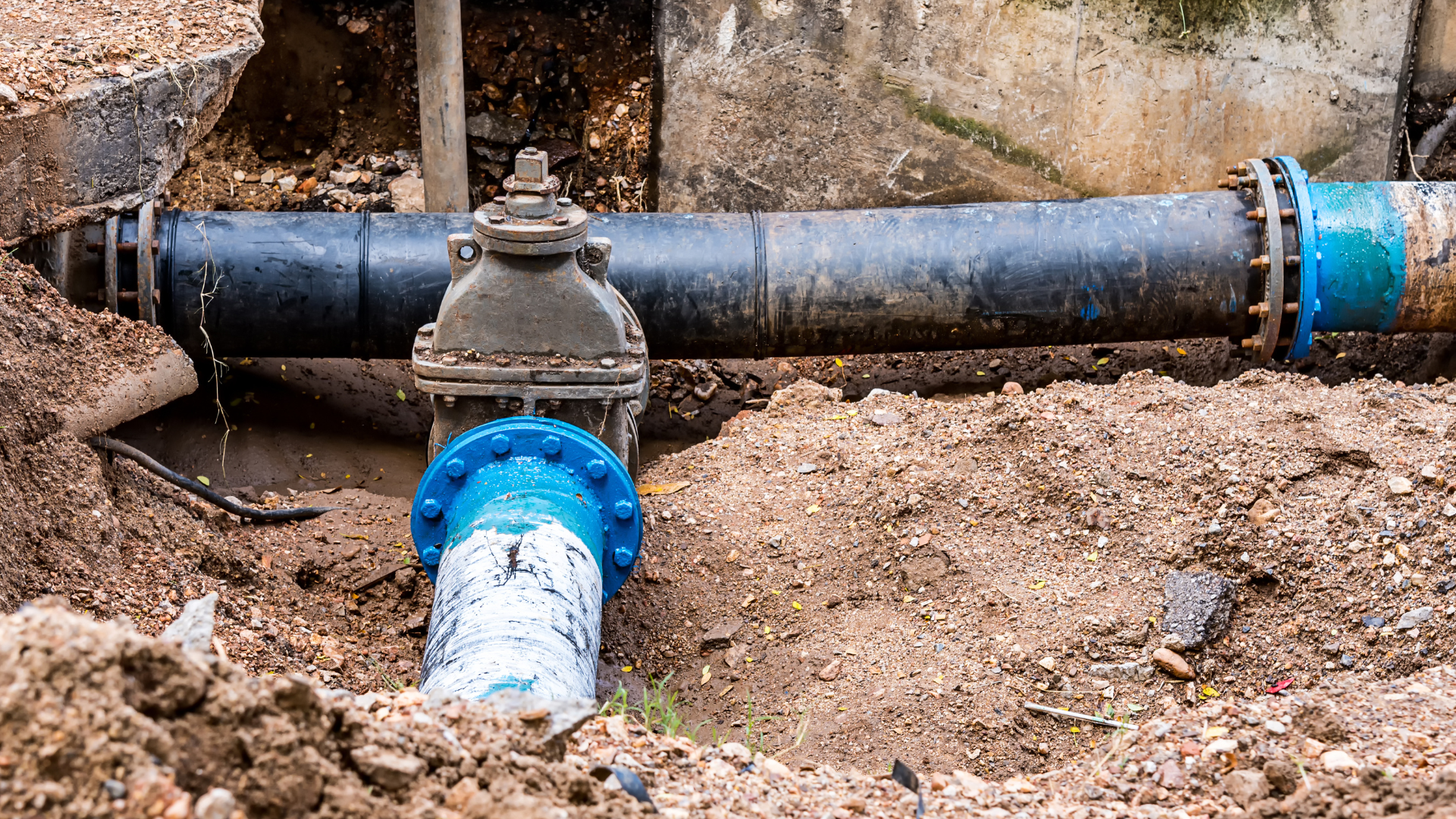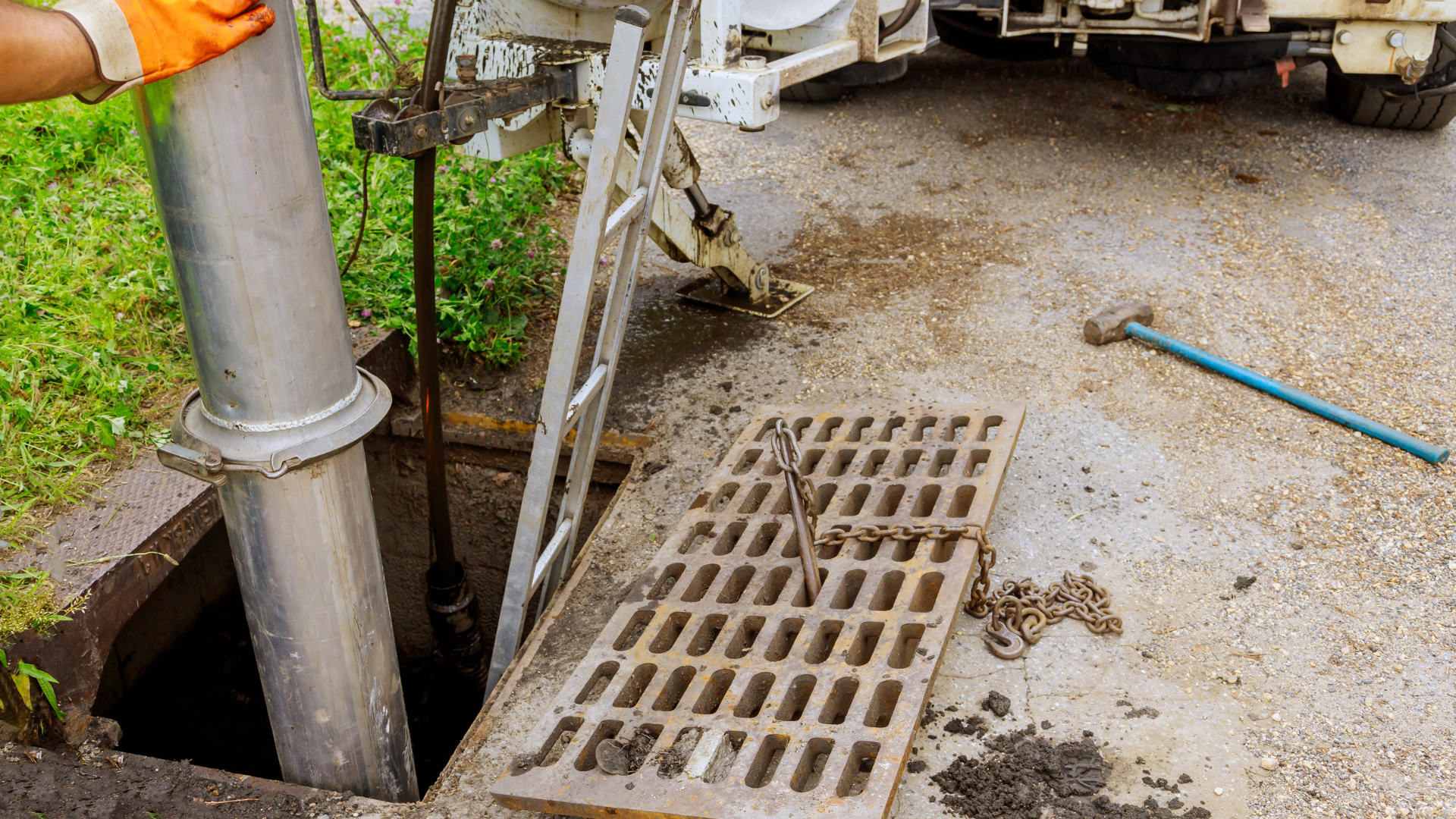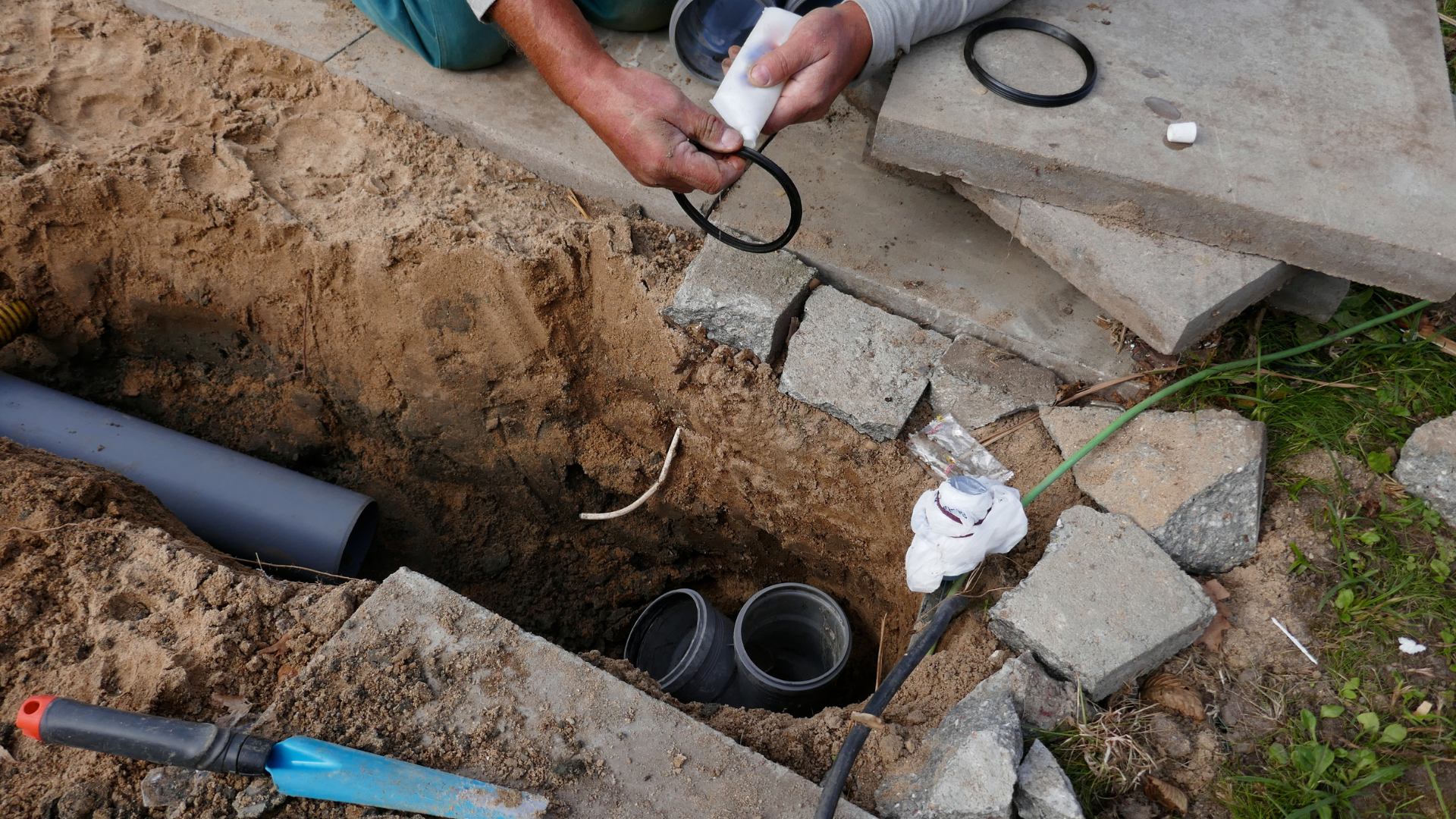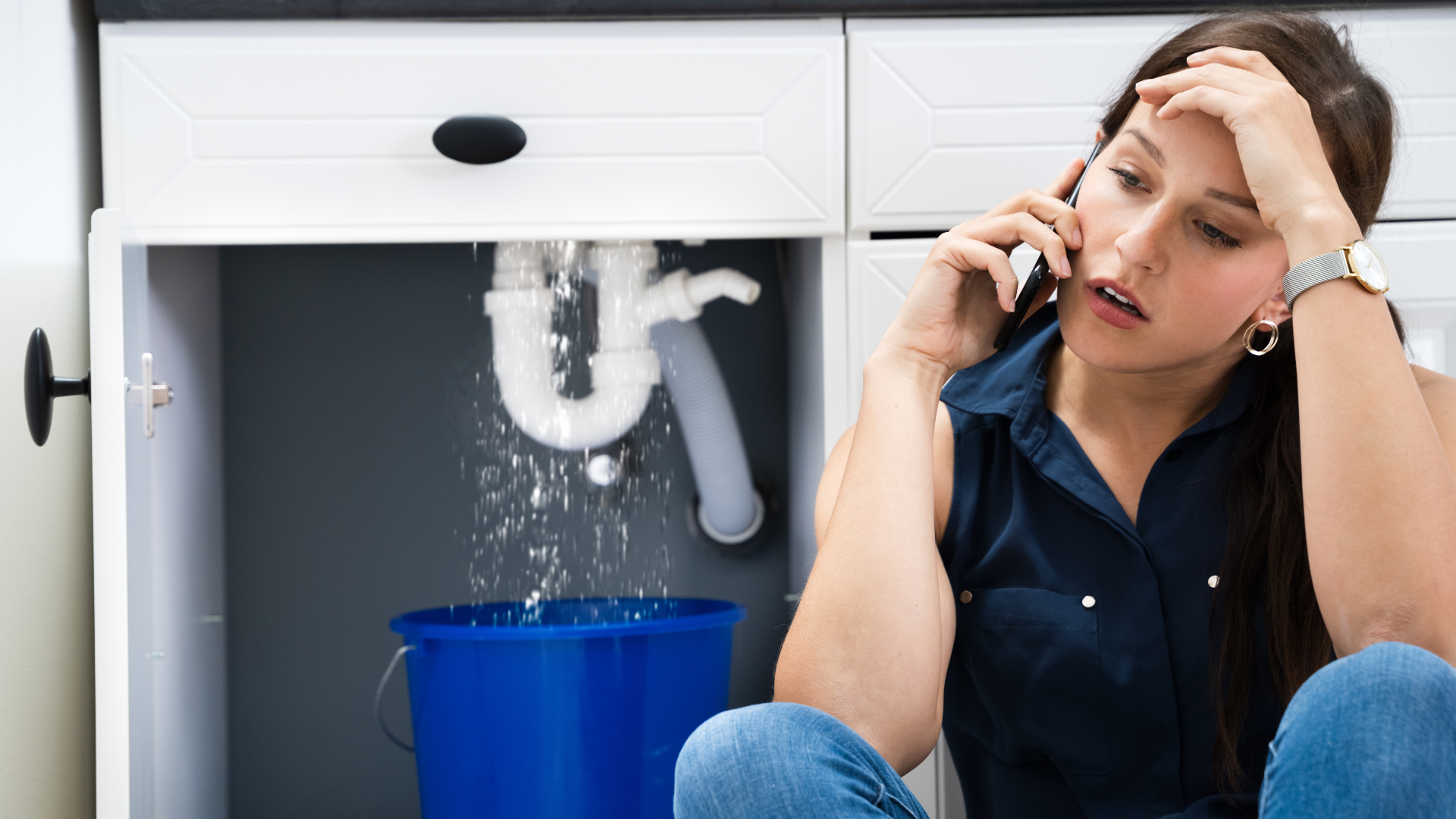The Ultimate Guide to Drywall Repair in Northern Virginia: Tips and Best Practices

Drywall is one of the most common materials used in homes and businesses in Northern Virginia, offering durability and ease of installation. However, over time, drywall can suffer from damage, including cracks, holes, and dents. Whether you're preparing your home for sale, completing a renovation, or simply need to repair some wear and tear, understanding the drywall repair process is essential. In this guide, we’ll walk you through everything you need to know about drywall repair in Northern Virginia, including tips, common mistakes, and when to call in the professionals.
1. Common Causes of Drywall Damage
Drywall damage can occur for a variety of reasons, and understanding the cause is essential for proper repair. Here are some of the most common causes of drywall damage in Northern Virginia homes:
- Nail pops: Over time, the nails or screws holding the drywall in place may begin to loosen, causing small bumps or holes in the surface.
- Water damage: Leaks from plumbing, roofs, or windows can cause drywall to warp, stain, or become soft.
- Accidental impacts: Things like furniture moving, children playing, or even door slamming can lead to unsightly dents or holes in your drywall.
- Settling of the house: Over time, houses settle, which can create cracks in drywall as the foundation shifts.
2. Basic Tools Needed for Drywall Repair
Before you begin your drywall repair in Northern Virginia, it’s important to have the right tools on hand. The basic tools for drywall repair include:
- Putty knife: Used to apply and smooth joint compound.
- Drywall compound or spackle: This material fills in holes and cracks.
- Sandpaper or sanding block: Used to smooth out the repaired surface once it’s dry.
- Primer and paint: To finish the job and make your repairs virtually invisible.
These tools can usually be found at local hardware stores in Northern Virginia, or they can be ordered online for convenience.
3. Step-by-Step Guide to Drywall Repair
Now that you have your tools ready, it’s time to get started with your drywall repair. Here’s a step-by-step guide for repairing holes, cracks, and other damage in your drywall:
- Step 1: Clean the Area: Remove any loose debris around the damaged area. For larger holes, use a utility knife to trim away any jagged edges.
- Step 2: Apply Joint Compound: For small holes, simply apply a layer of joint compound or spackle using your putty knife. For larger holes, you may need to insert a patch before applying compound.
- Step 3: Smooth the Surface: Use your putty knife to smooth out the compound, making sure it’s level with the surrounding drywall.
- Step 4: Sand the Surface: Once the compound has dried (usually 24 hours), use sandpaper to smooth the surface.
- Step 5: Prime and Paint: After sanding, apply primer to the repaired area and let it dry. Once dry, paint over the area to match the rest of the wall.
4. When to Call a Professional for Drywall Repair in Northern Virginia
While small drywall repairs can be tackled on your own, there are situations where it’s best to call in a professional. For homeowners in Northern Virginia, professional drywall repair services can help with:
- Large holes or severe damage: Larger holes require more advanced repair techniques and may need additional structural support.
- Water damage: If your drywall is damaged due to water, it’s important to address the root cause of the leak to prevent mold growth or further issues.
- Uneven surfaces: If your repair area doesn’t blend well with the rest of the wall, a professional can ensure a seamless finish.
Professional drywall repair services in Northern Virginia can save you time and effort, ensuring that your repairs are done right the first time.
5. Preventing Future Drywall Damage
Once you’ve repaired your drywall, it’s important to take steps to prevent future damage. Here are a few tips for keeping your drywall in top condition:
- Seal any leaks promptly: If you notice water damage, address leaks as soon as possible to prevent further issues.
- Use furniture pads: When moving furniture or heavy objects, use pads or bumpers to prevent dents and scratches.
- Regularly inspect your walls: Look for cracks or other signs of damage, especially in areas prone to settling or moisture.
Final thoughts
Drywall repair is a simple yet essential part of maintaining the beauty and functionality of your home in Northern Virginia. Whether you're handling minor repairs or need a professional to fix significant damage, understanding the process can help you make informed decisions. Keep these tips in mind to ensure your drywall repairs are completed successfully, and your home stays in top condition.
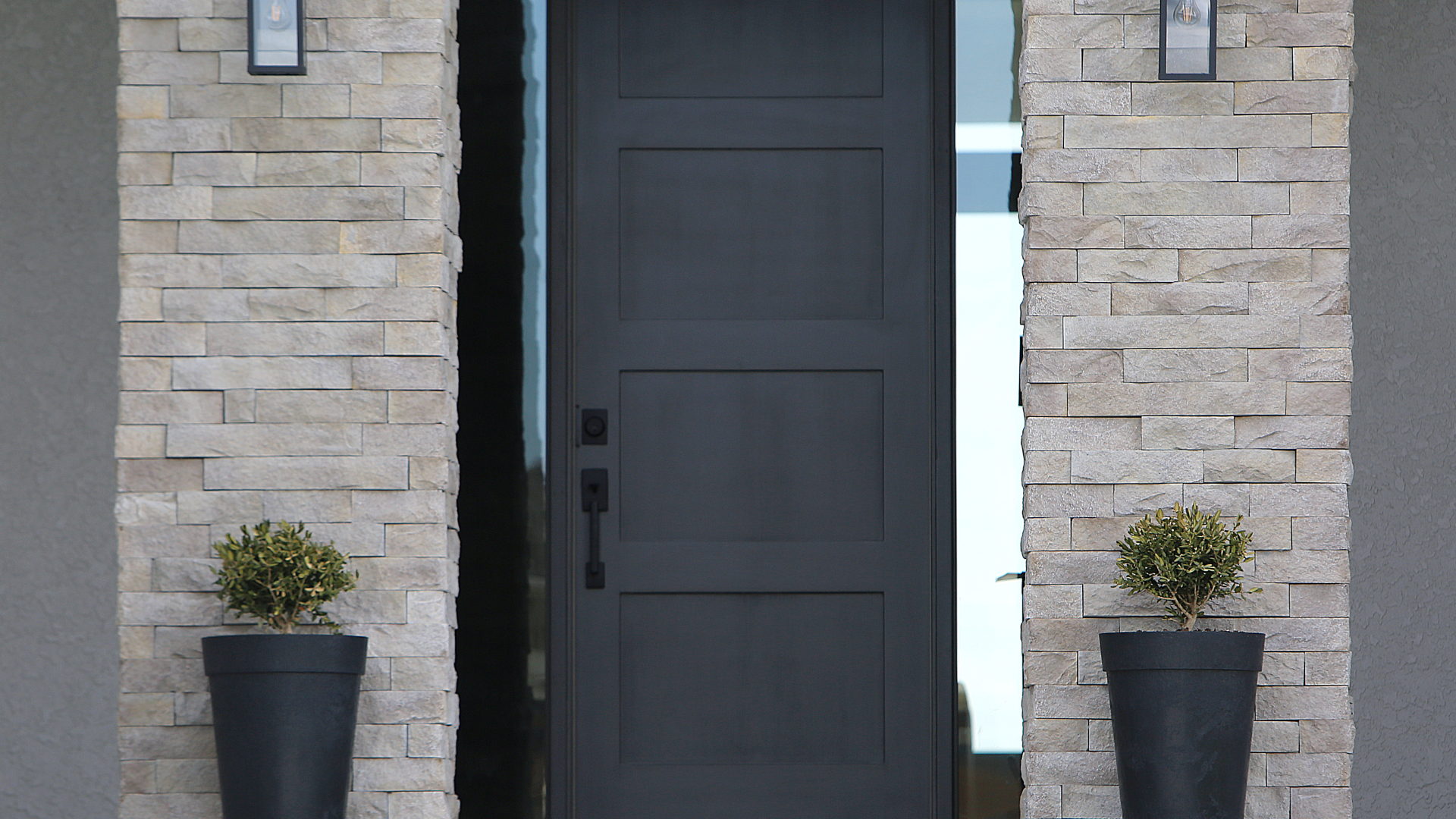

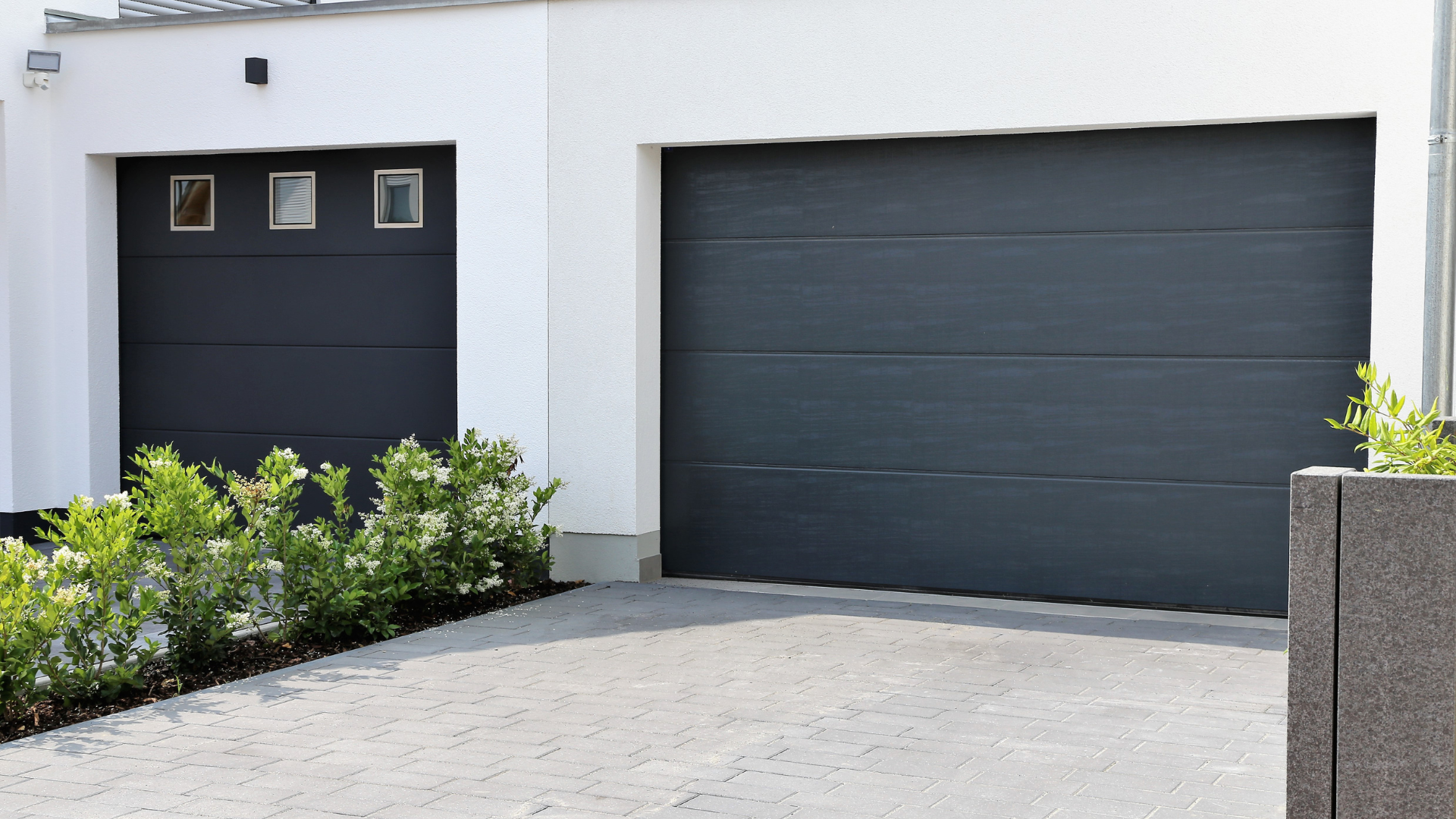
Why Windows and Doors Installation and Repair Services Are Essential for Your Northern Virginia Home
